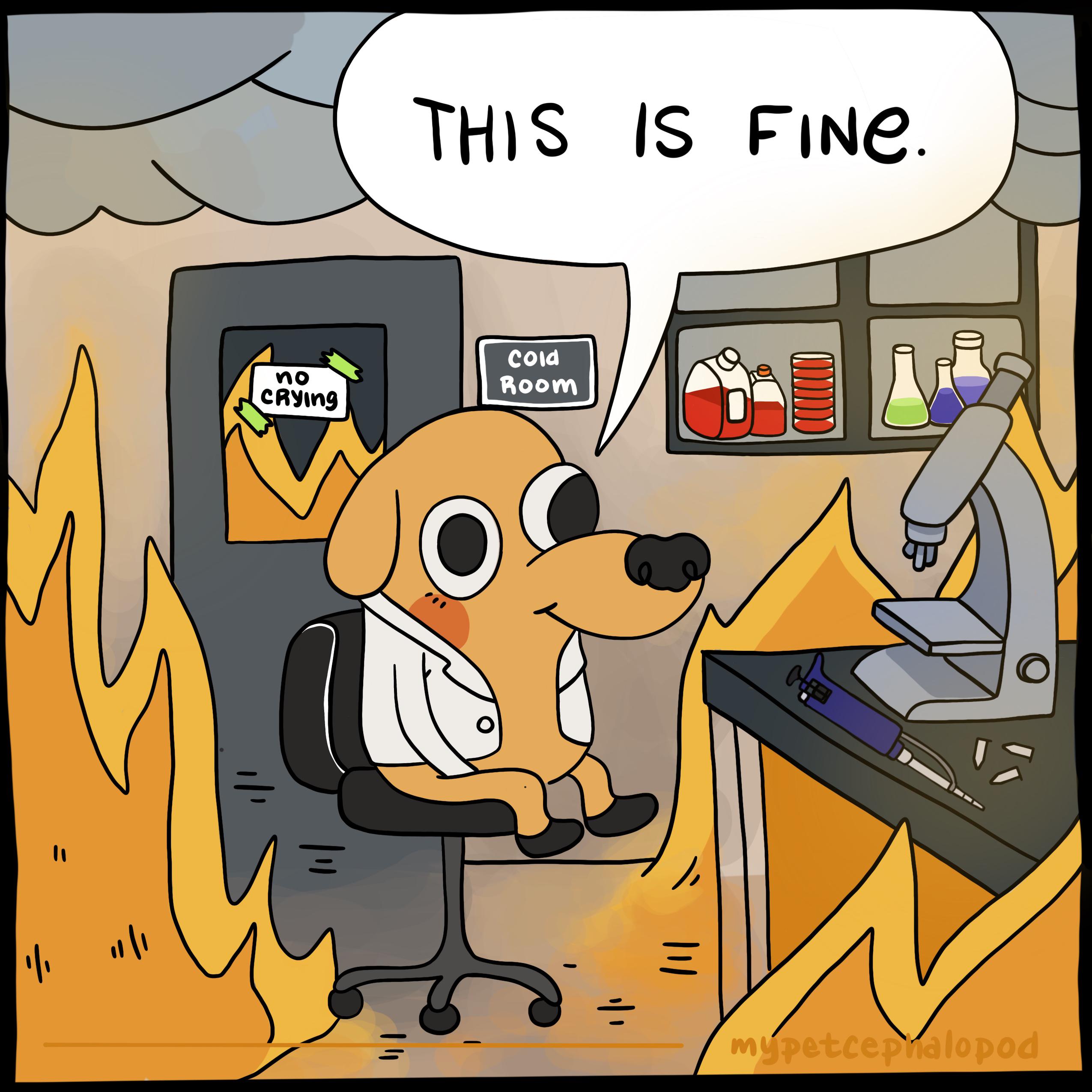I remember learning this out of curiosity in the past, but math doesnt stick in my brain unless chemistry is used as a disguise. Where can I read about this method again? Will the wiki page on Gauss get me there efficiently enough?
you’ll either get there, or to the Boston Molasses Disaster, so you’ll learn something cool either way.
I know about this one! I think it was a Reactions video, which I believe is the American Chemical Society’s yt channel
Add the Numbers from 1 to 100 like a 5-Year-Old! The Story of Gauss | Minute Math
I found that pretty handy. Came across it looking for a Numberphile video on the subject. I was pretty sure I’d seen one before but didn’t have a lot of luck finding it.
Just wanted to say thanks! Clicking your link made me realize I should try to figure out how to open up YT on PipePipe automatically, so now my phone works better :)
No problem. I have a script that automates generating the title and link to a video when sharing automatically.
I should look into having it do the same for pipe
So was he writing backwards, or did they print a custom flipped t-shirt?
I’ve always wondered how they do that. Because writing backwards would feel so weird to me
The sum of all natural numbers smaller than and including x is equal to
(x+1)(x/2)
The sum of all even numbers up to and including x is that minus (n/2)² so
[(x+1)(x/2)]-(x/2)²
That would mean the sum of all odd numbers under x is equal to
(x/2)²
or sum of all odd including x (if x is odd of course) is
[(x+1)/2]²
Since the sum of all even numbers up to x is the sum of all numbers minus the sum of all odd numbers.
[-(x/2)² +2x +1]/2 (another way of writing the sum of all evens under and including a number) looks suspiciously polynomial. I want to go further.
Edit:
Interestingly, the sum of all evens under and including x is larger than the sum of all odds under x by half of x. So
[(x+1)(x/2)-(x/2)²]-(x/2) = (x/2)²
So another formula for sum of all evens is
(x/2)²+(x/2)
So,
2[(x/2)²]+(x/2) = (x+1)(x/2)
The left is the sum of all odds plus the sum of all evens under and including x, the right is the original formula we started with, sum of all natural numbers under and including x. Since they both give us the total sum for all natural numbers up to and including x, the left hand side is a different formula giving us the same result!
(X+1)(x/2)
And what’s the big X here?
Typo
This appears to do a nice job with pictures. Although I did not read it all the way through. https://letstalkscience.ca/educational-resources/backgrounders/gauss-summation
Alright smartgauss let’s see you do the same for all real numbers
Infinity, and beyond!
IEEE 754 says Not a Number
0, because for every positive real number there’s a negative counterpart
It is not well defined. Because an order of summation is not given you could just as easily sum pairs of (0,1), (-1,2), (-2,3), (-3,4)… (-x, x+1) and conclude you are constantly adding 1 to your total so it goes to infinity instead
Or do the reverse of (-1,0), (-2,1), … (-x-1, x) and get that the each pair adds -1 so the sum goes to negative Infinity
Order of the addition sometimes changes infinite sums. Infinitely large things are weird sometimes
There is a bit of a typo in it. Since the list of 100 numbers was split in half, it should be x50 not x100. 50 sets of 101 from each pair.
It’s not split in half, it’s reversed, which is why both are equal to S. If you just took half, then 1 + 2 + … would not equal 100 + 99 + … and so they both wouldn’t be equal to S.
Instead of halving the list, they just reversed it and summed it to 2S later, which they then half. So no typo here.
I had the same reaction originally though, because I feel like I had seen this previously as just “bending” the list of 1-100 in half.
1+2+3+4+...+49+50 100+99+98+97+...+52+51 = 101+101+101+...101 * 50.
So you have to do a bit more thinking to define your equation but the equation takes you straight to S instead of 2S.
And since the meme just has
+ ...instead of showing where the end of the list was, I see how one could easily mix up the 2 approaches.
2S = 100 sets of 101
hence
S = 100/2 sets of 101 = 50 sets of 101 = 5050
I wondered about the same thing so did the Maths (which is kinda the point of the meme) back from 5050 and it all checks out.
Oh ok. Yeah fair. I guess I’m used to the simplified version. Where it doesn’t use the full list, just splits it in half. This method would also work for odd lists of numbers rather than only even. Makes sense.
deleted by creator








